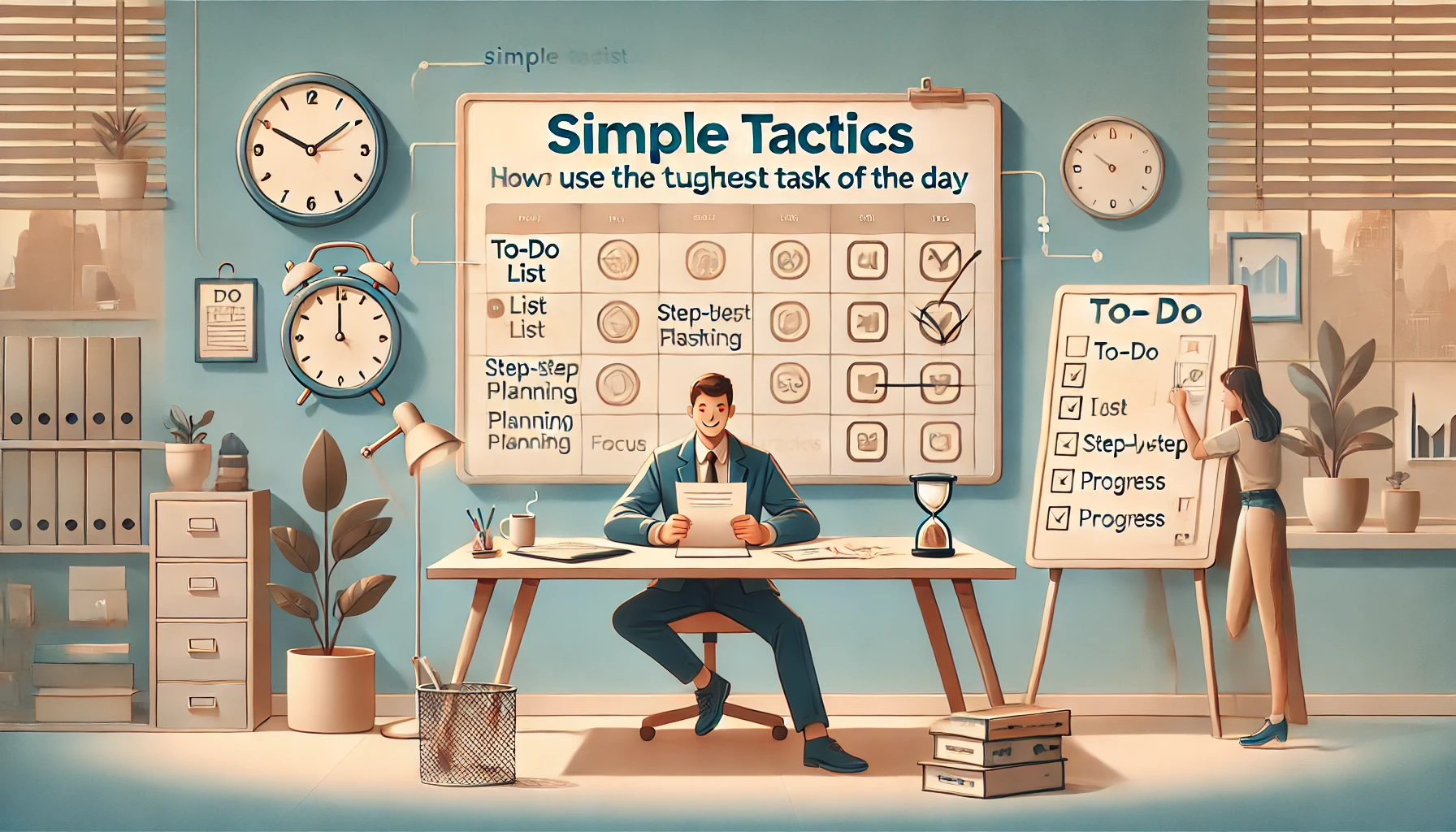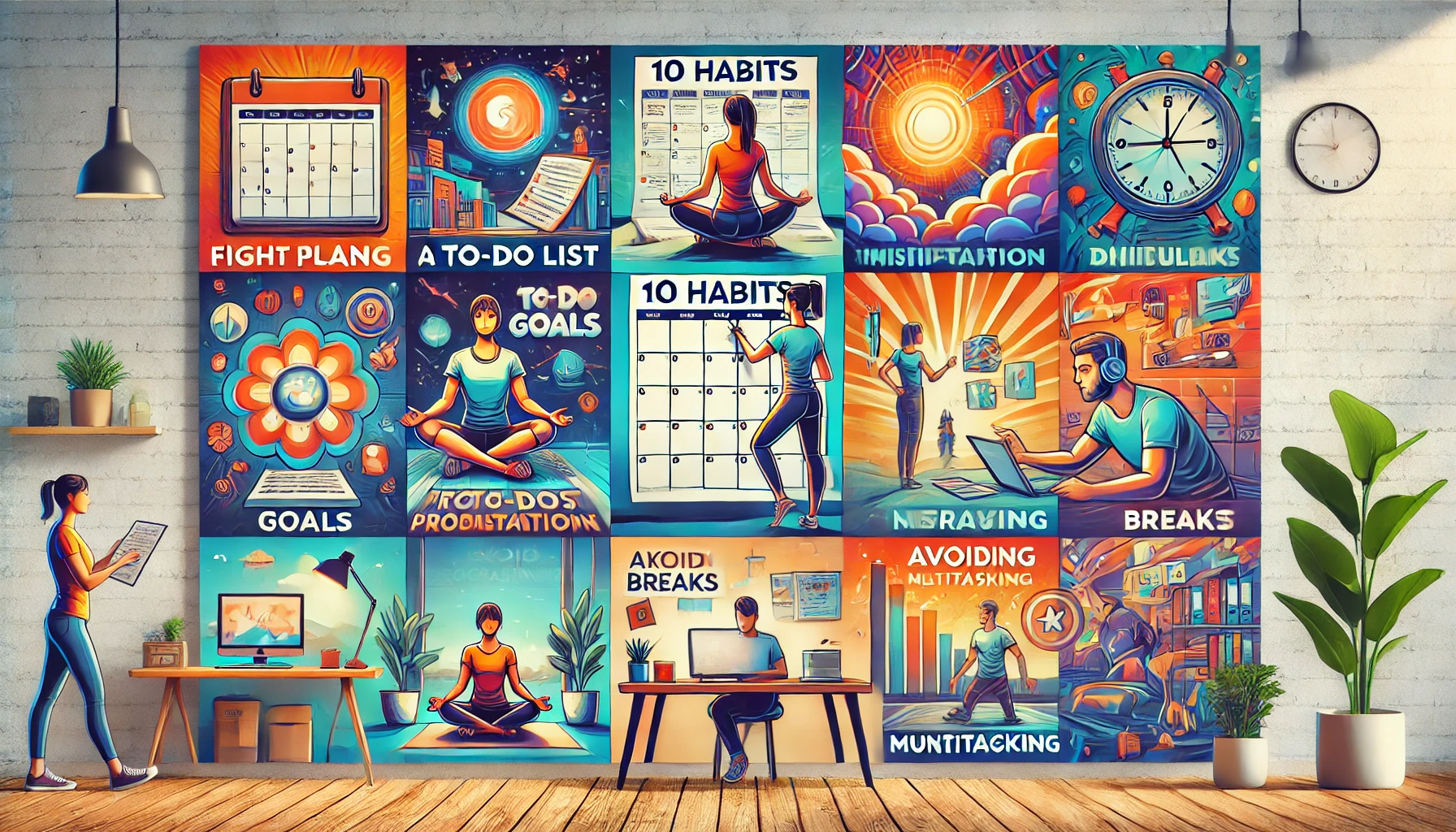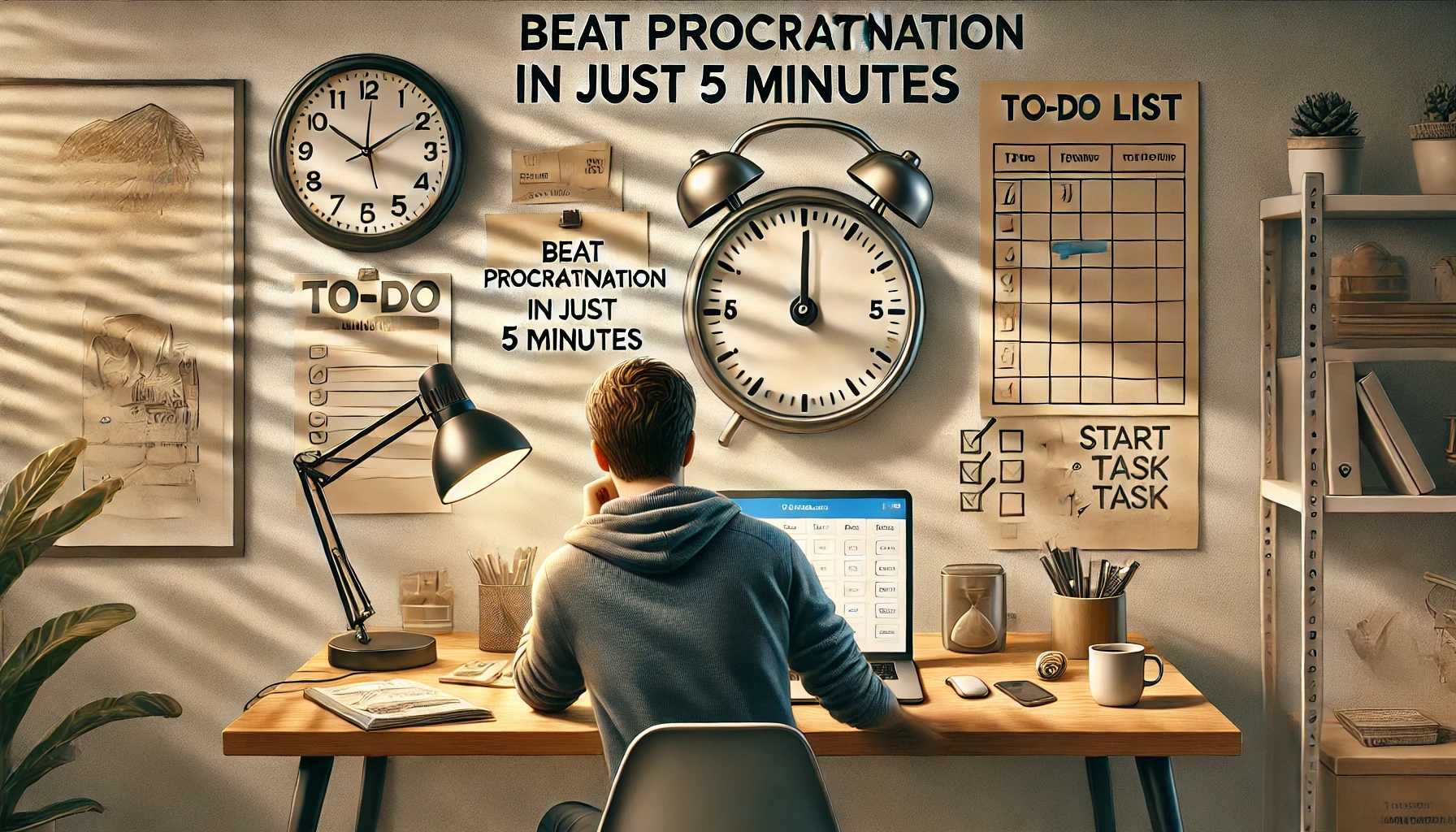Perfectionism might seem like a positive trait—it pushes you to aim for high standards, produce quality work, and avoid mistakes. However, perfectionism is often one of the biggest drivers of procrastination. Instead of helping you succeed, it can trap you in a cycle of overthinking, delaying tasks, and never feeling satisfied with your work.
If you constantly put things off because you’re afraid they won’t be good enough, this article is for you. Here, you’ll learn why perfectionism leads to procrastination, how it holds you back, and practical ways to break free from the perfectionist-procrastination loop.
Why Perfectionists Struggle with Procrastination
Perfectionists don’t delay tasks because they’re lazy or unmotivated—they delay because they fear failure, judgment, or producing something “less than perfect.”
| Perfectionist Thought | How It Leads to Procrastination |
|---|---|
| “I need to do this perfectly or not at all.” | You never start because the pressure is too high. |
| “I have to research more before beginning.” | You get stuck in an endless preparation cycle. |
| “This project isn’t ready yet.” | You keep editing, never finishing. |
| “If I fail, people will judge me.” | You delay to avoid criticism or mistakes. |
The Perfectionism-Procrastination Cycle
Perfectionism often creates a self-defeating loop:
- High expectations → You set unrealistic goals.
- Fear of failure → You feel pressure to be flawless.
- Avoidance → You delay starting because it feels overwhelming.
- Last-minute work → You rush, increasing stress and lowering quality.
- Dissatisfaction → You feel like you didn’t do well enough and repeat the cycle.
This cycle can block progress, increase anxiety, and damage self-confidence over time.
How to Overcome Perfectionism-Driven Procrastination
1. Shift from “Perfect” to “Good Enough”
Perfectionists often believe that if something isn’t flawless, it’s worthless. The truth? Good work is better than no work at all.
✅ How to Apply It:
- Replace “It has to be perfect” with “It just has to be done well.”
- Use the 80/20 Rule—80% of results come from 20% of the effort. Don’t waste time obsessing over small details.
- Ask yourself: “Would I rather have a completed project or an unfinished ‘perfect’ idea?”
📌 Example: Instead of endlessly rewriting an email, send it when it’s clear and professional, even if it’s not “perfect.”
2. Set Time Limits to Avoid Over-Editing
Perfectionists spend too much time refining tasks, making them take longer than necessary. Setting a deadline forces you to stop overanalyzing and move forward.
✅ How to Apply It:
- Use a timer—Give yourself a set time to complete a task (e.g., 45 minutes to write a report).
- Follow the “One Edit Rule”—Allow yourself only one revision before submitting work.
- Use external deadlines—Tell someone when you’ll finish to stay accountable.
📌 Example: If you’re working on a presentation, set a 90-minute timer to finish your slides. When the time’s up, move on.
3. Break Large Tasks into Small, Manageable Steps
Perfectionists often see tasks as huge and overwhelming, making it hard to start. Breaking them into smaller, bite-sized actions reduces pressure.
✅ How to Apply It:
- Instead of “Write a book”, start with “Write 200 words today.”
- Instead of “Launch a business”, begin with “Create a name and logo.”
- Reward yourself after completing each step to build momentum.
📌 Example: If writing a report feels overwhelming, start by brainstorming three main ideas instead of writing the full document at once.
4. Embrace Imperfection as a Learning Tool
Fear of mistakes often leads to avoiding tasks completely. But making mistakes is part of growth. Instead of seeing imperfection as failure, see it as a necessary step to improvement.
✅ How to Apply It:
- Remind yourself: Every expert was once a beginner.
- Keep a “Failure Journal” to track what you learned from mistakes.
- Try “deliberate imperfection”—intentionally create something flawed to prove it’s not the end of the world.
📌 Example: If you’re afraid to publish a blog post, remind yourself that you can always update it later.
5. Use the “Draft Mentality” to Get Started
Perfectionists struggle to start because they want things to be flawless from the beginning. The secret? Start with a rough draft and improve later.
✅ How to Apply It:
- Give yourself permission to write a “bad” first draft—you can refine it later.
- Use placeholders if you’re stuck (“I’ll add this part later”).
- Treat everything as a work in progress—small improvements over time lead to great results.
📌 Example: Instead of waiting for the perfect idea, start writing anything—momentum will take over.
6. Stop Seeking Approval and Focus on Progress
Many perfectionists fear judgment from others, which stops them from finishing projects. Instead of worrying about approval, shift your focus to personal growth.
✅ How to Apply It:
- Set self-imposed deadlines so you don’t rely on external validation.
- Remind yourself: No one expects perfection—just effort and progress.
- Celebrate small wins instead of waiting for a big “perfect” result.
📌 Example: If you’re afraid to share your work, publish it in a small, safe space first (e.g., a private blog or close friends).
7. Adopt a “Done is Better Than Perfect” Mindset
The best way to escape perfectionism-driven procrastination is to prioritize finishing over perfecting.
✅ How to Apply It:
- When stuck, ask: “Would I rather have this 80% complete today or 100% perfect never?”
- Use deadlines to force completion instead of endless revisions.
- Remember: Perfection is subjective—what seems imperfect to you may be great to others.
📌 Example: Instead of rewriting a presentation 10 times, finalize it at 80% quality and improve with feedback later.
Final Thought: Progress Over Perfection
Perfectionism often prevents success more than it helps. By shifting your mindset from “perfect” to “progress”, you will:
✅ Start tasks without overthinking.
✅ Complete work faster and with less stress.
✅ Feel more confident and productive.
Let go of perfection, focus on progress, and watch how much more you can accomplish. The best time to start is now—even if it’s not perfect.












Leave a Reply